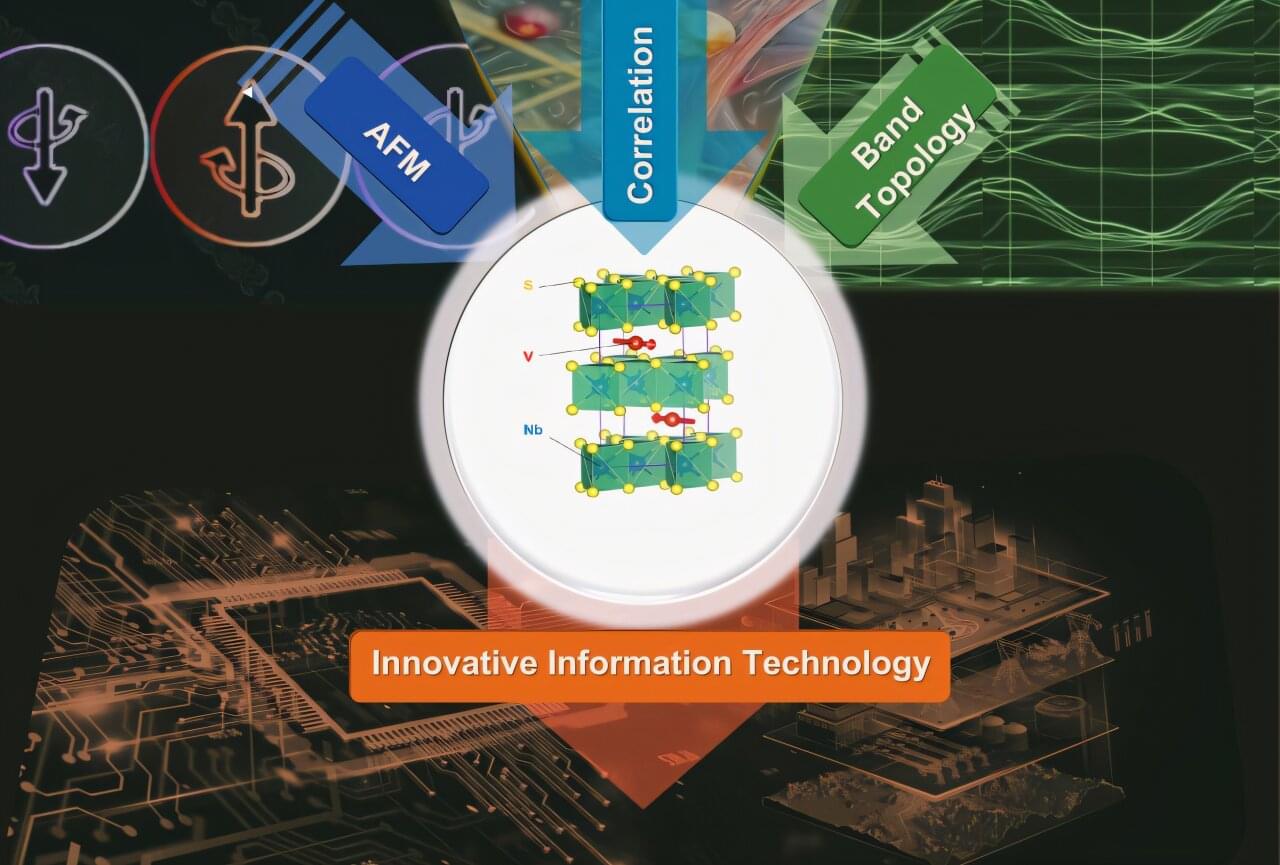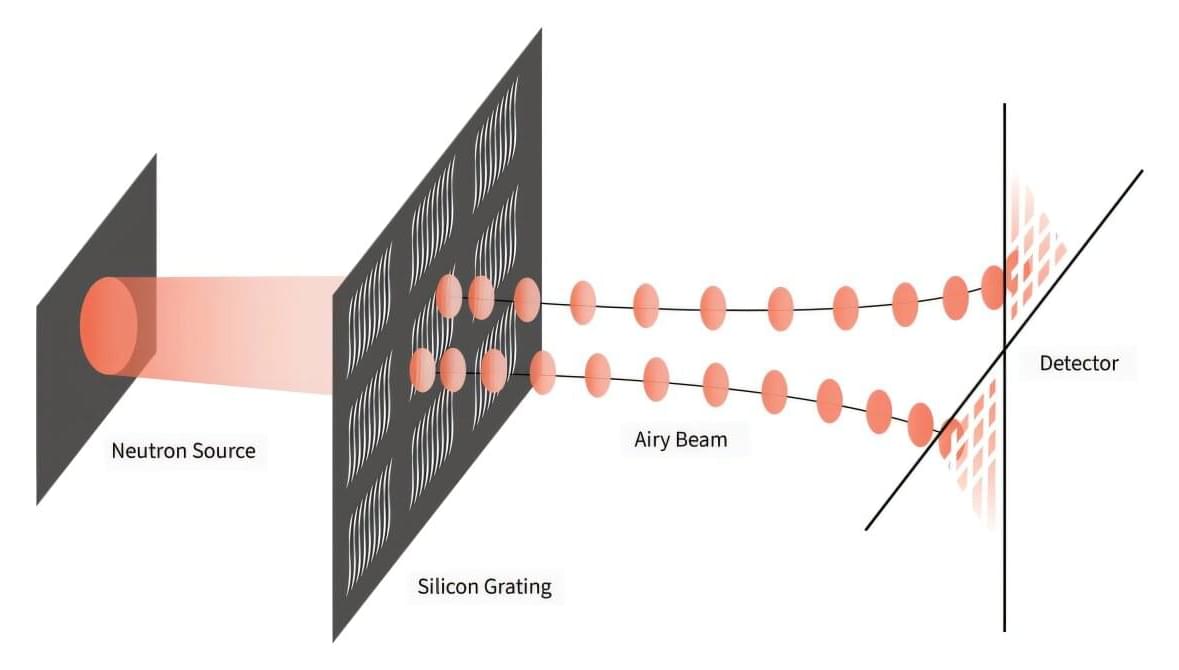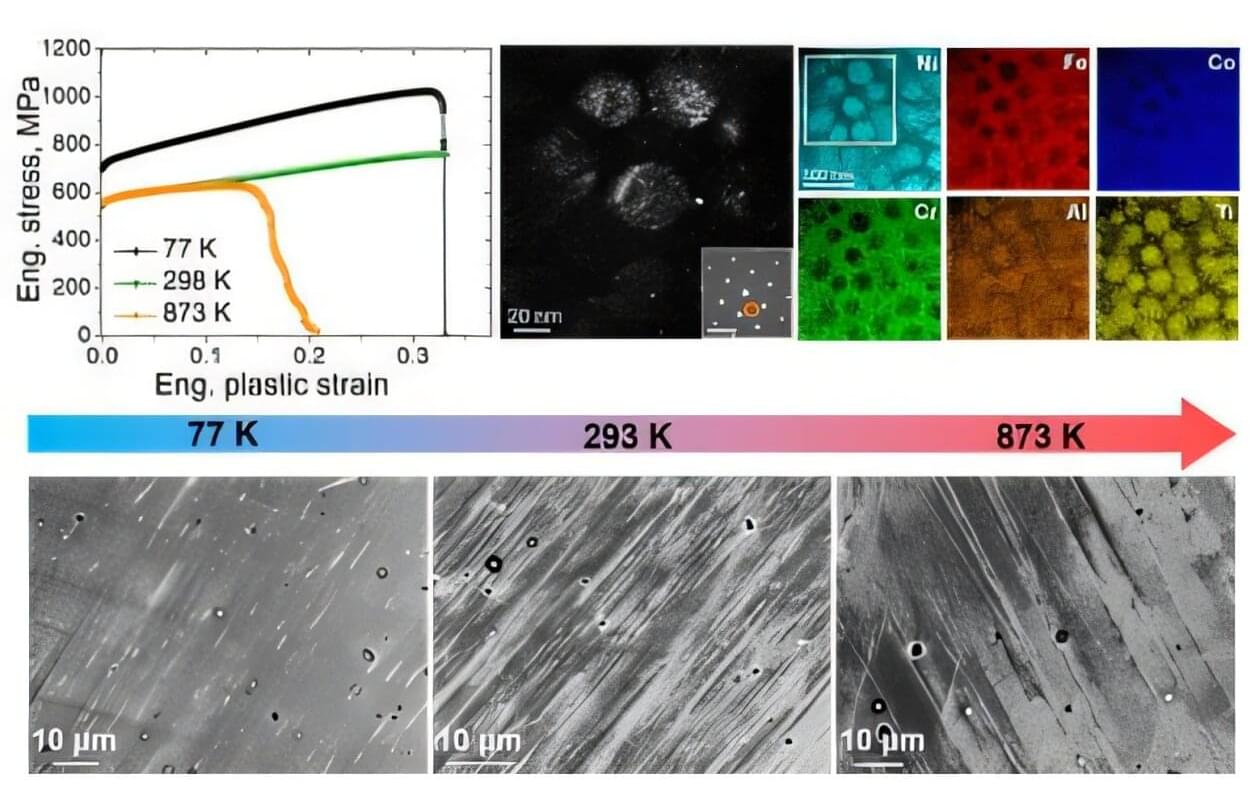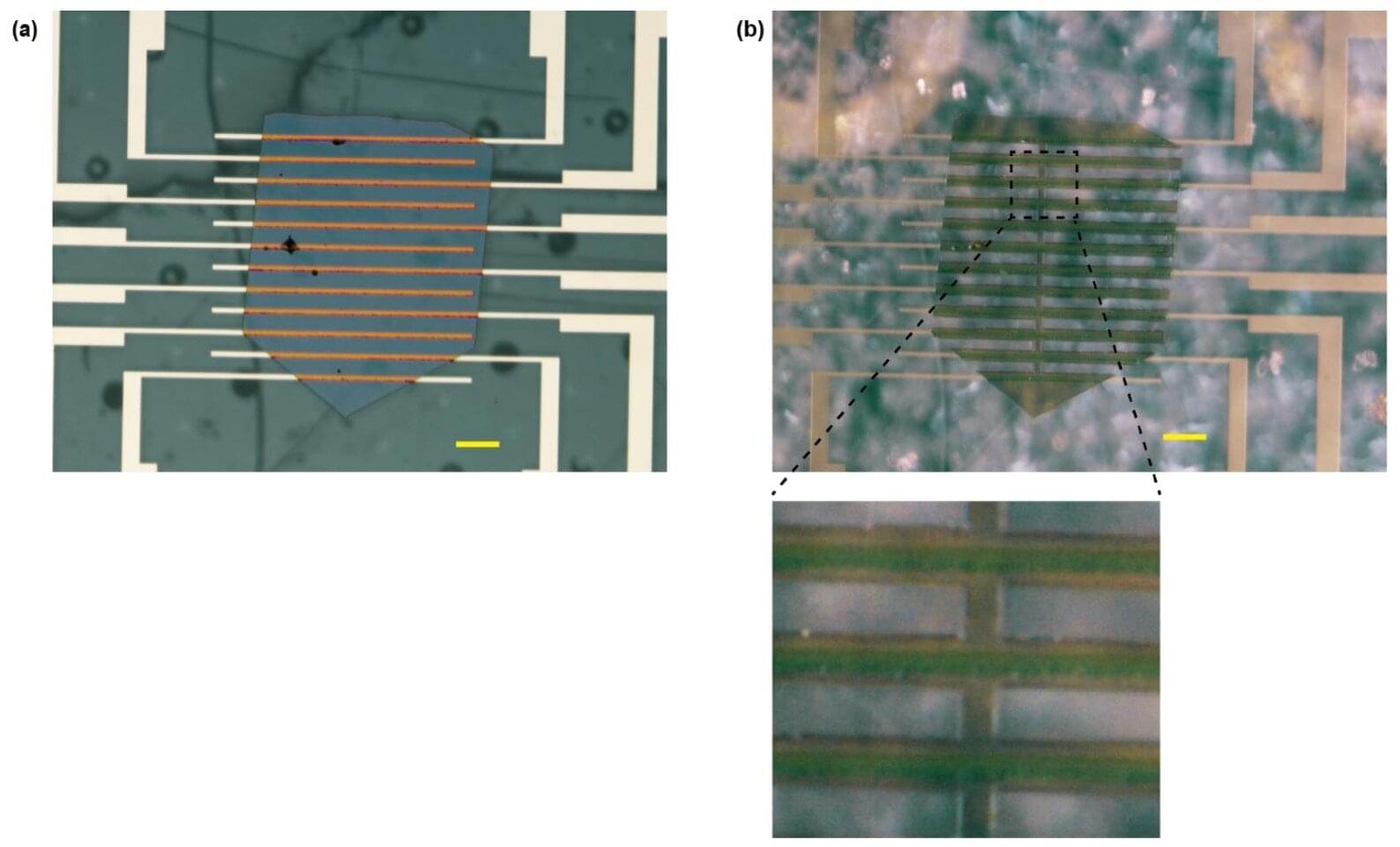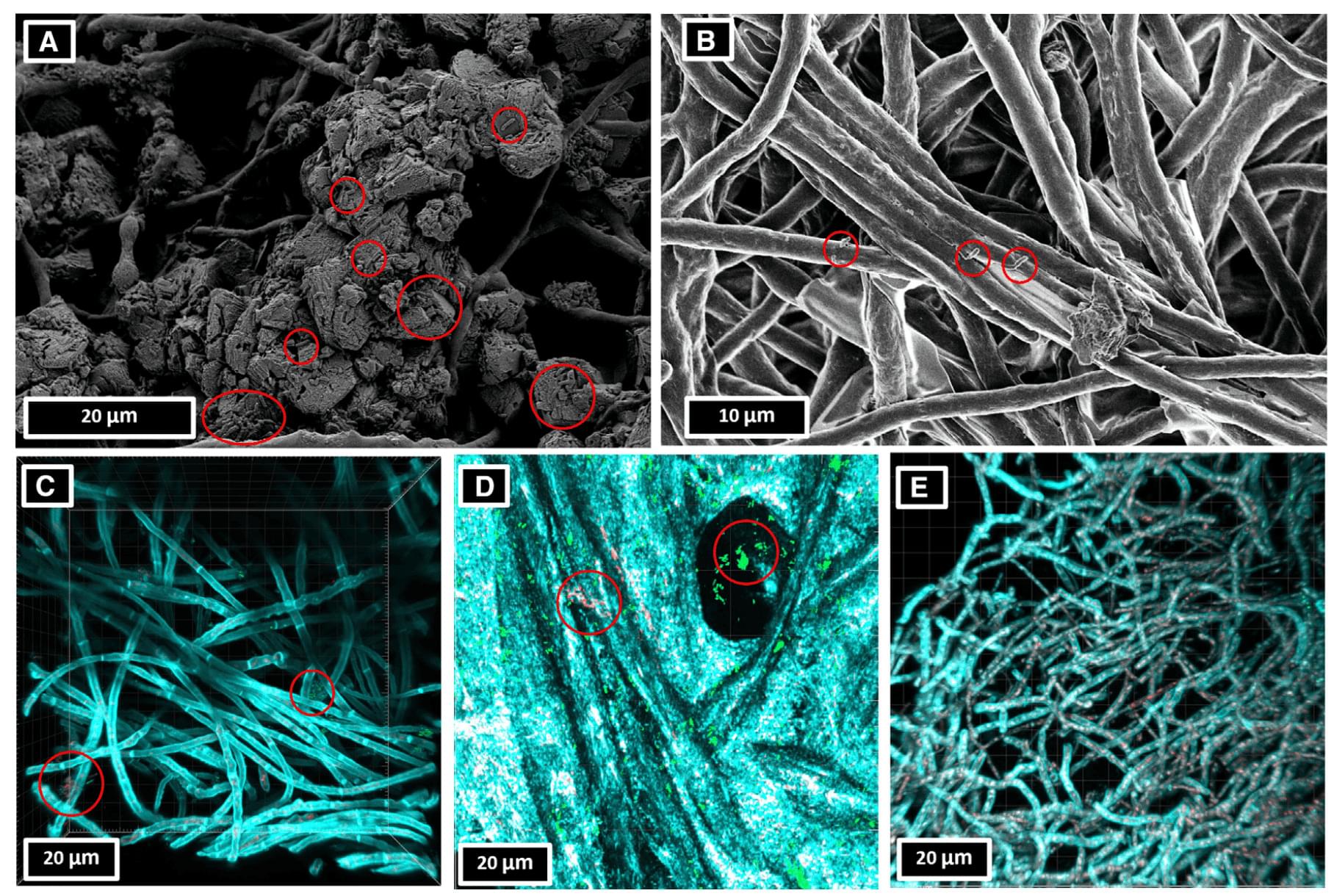An international research team led by Mayukh Kumar Ray, Mingxuan Fu, and Satoru Nakatsuji from the University of Tokyo, along with Collin Broholm from Johns Hopkins University, has discovered the anomalous Hall effect in a collinear antiferromagnet.
More strikingly, the anomalous Hall effect emerges from a non-Fermi liquid state, in which electrons do not interact according to conventional models. The discovery not only challenges the textbook framework for interpreting the anomalous Hall effect but also widens the range of antiferromagnets useful for information technologies.
The findings are published in the journal Nature Communications.
